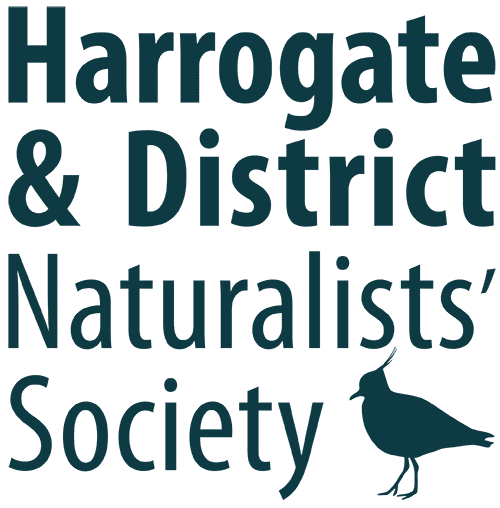Farnham Gravel Pit
Management of the Site: the Society appoints a Management Committee which consists of a Chairman and four members, all of whom have specialist knowledge in the various aspects of natural history and in site maintenance. The Society also appoints an Honorary Warden. Management work is carried out, usually between October and March, by teams of volunteers from amongst the membership.
For updates and maintenance work see Farnham Updates.
Access: this is restricted to members of the Society and other bona fide site users. The entrance gate must always be locked after entering and on leaving the site. Occasionally notices are posted on the gate by site users asking for it to be left open for a stipulated period. Keys for the entrance gate and the hide are available from the Membership Secretary on payment of a deposit, which is refundable on their eventual return. Together with the keys a leaflet Guidelines for Members will be provided giving information about all facilities available and code of conduct while on the site. Click HERE for a guide to Health and Safety for visiting members.
Car parking: members’ cars should be parked at the end of the main entrance track, 350yds (320m) from the gate, in the lakeside car park from where a grass path leads for 100yds (92m) to the hide. Please note: cars are brought on site at the owner’s risk.
Site status: FGP is a Site of Importance for Nature Conservation (SINC), as designated by North Yorkshire County Council.
The Society, in agreement with the landowners, has permission to visit this multi-use site and to manage the environs of the South Lake for wildlife.
Visiting groups are welcome; prior arrangements should be made with the Honorary Warden.
Honorary Warden:
June E. Atkinson
Habitats
The shallow South Lake has five low-lying islands, on one of which is an artificial Sand Martin wall and another holds a platform for nesting Common Terns. The islands and emergent willows along the western side provide nesting sites for several species of waterbirds. The shoreline varies from relatively open shallow sandy banks to areas of prolific willow trees and the surrounding embankments have maturing trees, mainly hawthorn, silver birch, ash, alder and rowan planted during the restoration period. Hedges and hawthorn scrub provide breeding habitat for a wide variety of passerines. The North Lake is deeper and is used for sailing; both lakes are used by anglers.
The hide
This important amenity was built in 1978 and extended in 1994. Situated on the north bank of the South Lake, it offers ideal opportunity for viewing over the water and the islands. An extensive library contains identification guides for most orders and there are log books in which to enter observations.
Members Area
View the Society’s latest publications in this area of the website reserved for Members.
Trip Reports
View a detailed roundup of all the Society’s Field Trips across the Harrogate District.
Latest News
The latest wildlife news from around the Harrogate District that may be of interest to Society members.
